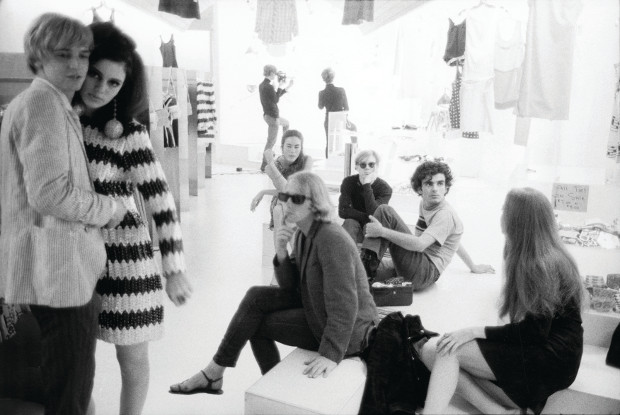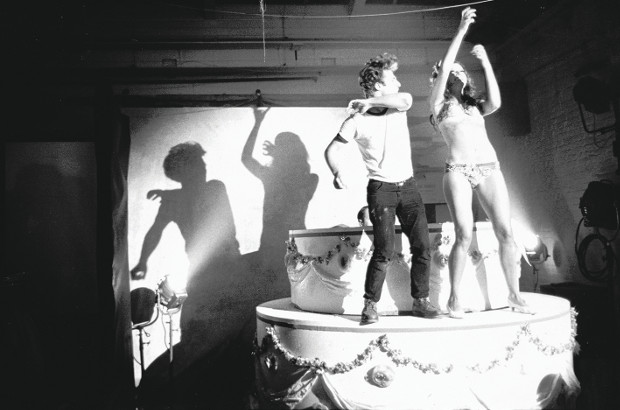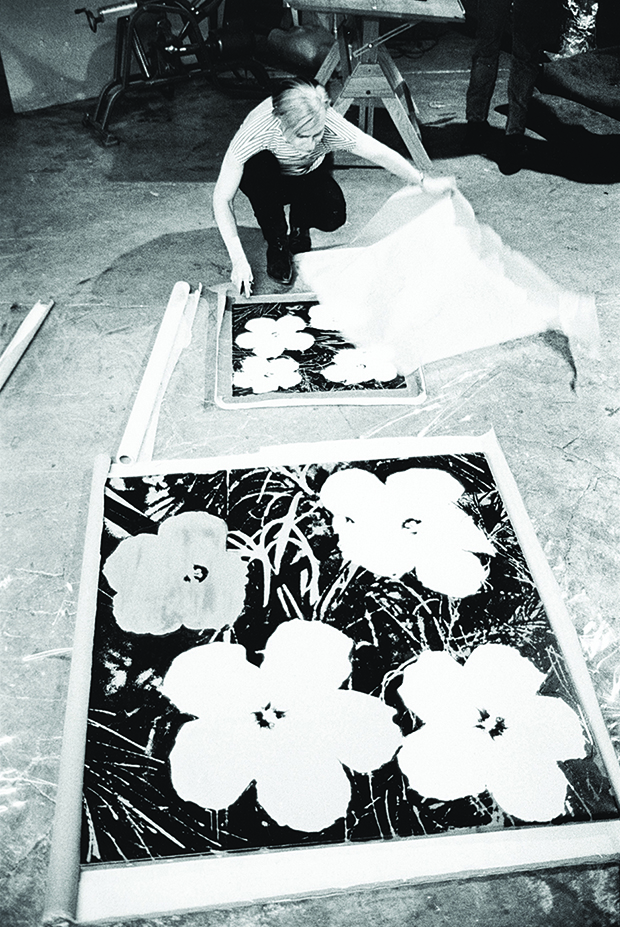
How Warhol made Stephen Shore drop out of school
The veteran photographer tells WSJ why the Factory crowd caused him to take a less academic path
Few photographers have done more to further the academic understanding of their medium than Stephen Shore. Since 1982 Shore has been the director of the Photography Program at Bard College, Annandale-on-Hudson, NY. Meanwhile, his essential primer on how to look at and understand photographic images, The Nature of Photographs, remains a popular choice on course reading lists.
However, as Shore reveals in this recent Wall St Journal interview, he wasn’t exactly a model high school student. “I’m sure my parents had hopes and dreams for me that I would graduate high school and go to college, but I think it was clear that this was just so interesting,” says the 69-year-old New Yorker. “I think they just gave up and gave in to it.”

Shore's interests were diverted by Andy Warhol and his Factory crowd, whom Shore befriended shortly before dropping out of Columbia Grammar and Preparatory School as a senior in 1965.
In many ways, the teenage photographer’s career was already off to a good start. Aged fourteen, he had impressed Edward Steichen, sold a few of his early prints to the Museum of Modern Art, and was already trying his hand at filmmaking.
However, Warhol and his coterie would remain Shore’s chief subject over the next couple of years, and Warhol’s artistic practice served as a kind of creative boot camp. “I saw Andy making aesthetic decisions,” he recalls in the introduction to his new book, Factory: Andy Warhol. “It wasn’t anything he ever said to me. I saw these decisions happening over and over again. It awakened my sense of aesthetic thought.”

That sense would develop within Shore over following decades, as he pioneered colour photography, served as a curator of vernacular photography, and furthered the academic discourse around the medium too.
“By the end of my stay at the Factory,” Shore writes, “I found that just my contact with, and observation of, Andy led me to think differently about my function as an artist. I became more aware of what I was doing.” It sounds like Columbia Grammar’s loss was the photography world’s gain. To learn more about Shore’s early days with Andy and see many more images from this time order a copy of Factory: Andy Warhol here.